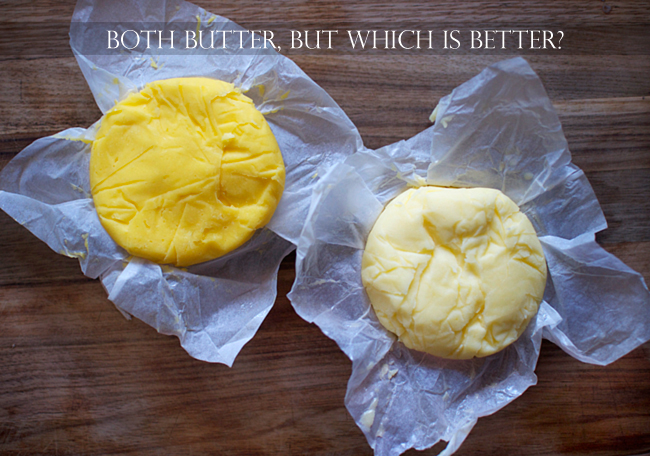
In effort to further learn how to make specialty foods from scratch, I gave sauerkraut a go around 2 weeks ago. I’ve been eating sauerkraut in serious quantities ever since I switched to a Paleolithic diet. It ticks many boxes – sauerkraut is very low in carbohydrates, its acidity helps when eating copious amounts of butter and meat, and it’s full of beneficial bacteria that are supposed to help with gut flora population and all that. My go-to brand was a German-style sauerkraut from my local supermarket, but then I read somewhere that most, if not all, supermarket sauerkraut are actually pasteurised. In essence, my sauerkraut was dead, killed by heat. The beneficial bacteria I thought I was consuming were no longer there.
That upset me for a while, but then I decided to look on the bright side and that it was a chance to have a go at making it myself. I bought half an organic cabbage from Eveleigh markets and took it home. My experience with fermented food had so far been limited to yoghurt and beer, both of which need the bacteria/yeast to be introduced from an external source. Sauerkraut is somewhat magical: its starter bacteria grow on the cabbage leaves while the cabbage is still in the field. Sauerkraut can be made flavoured by using caraway seeds, juniper berries or the like, but for my first go I decided to stick with plain sauerkraut. I tried the traditional method of fermenting the cabbage in a jar, and I also came up with a different approach and fermented the cabbage in vacuum bags. I’m yet to taste the vacuum bag patch (if that works, I’ll certainly be doing that from now on), but have tucked into the jar and it’s unlike any other sauerkraut I’ve ever tasted. There’s a delicate flavour of vinegar, but overall the flavour is earthy and somehow malty, similar to a beer. It’s delicious and the leaves are still crunchy and crisp. Making sauerkraut is easy and recipes abound on the Internet, so I won’t give detailed instructions. Find a recipe that appeals to you and try it (here’s the one I followed). But at a high level, you simply chop up the cabbage leaves and rub them with salt. Then, you put them in a clean jar, press them down and close the jar. A few weeks later, you have sauerkraut – healthy, living sauerkraut. And you become the god of millions, if not billions, of beneficial bacteria. It might be useful for you to know that my sauerkraut did not develop a bloom or scum like the recipe suggested would happen. I’m not sure if that is due to winter temperatures or anything else. In any case, the recipe worked really well is and is worth following.
Got any tips to share on making your own sauerkraut? Leave a comment below. We’d love to hear from you.


4 comments
I’ve been enjoying homemade sauerkraut for a few months now, it’s amazing! I like mixing red & green cabbage, and adding caraway seeds to the mix. Haven’t tried it with chilies because my husband doesn’t like spicy food but I’ve heard it gives the kraut a good kick.
Sauerkraut is big in the Latvian diet, but I have never made it myself. Has been on the ‘to try and achieve’ list. Thanks for the inspiration and great to hear you have had success.
hey Sara. The vacuum bag method seems promising. I will keep you updated!